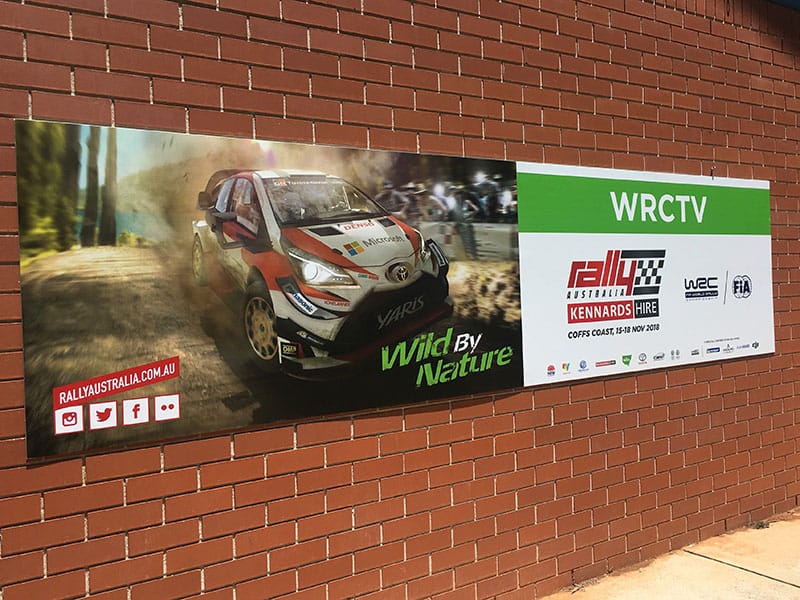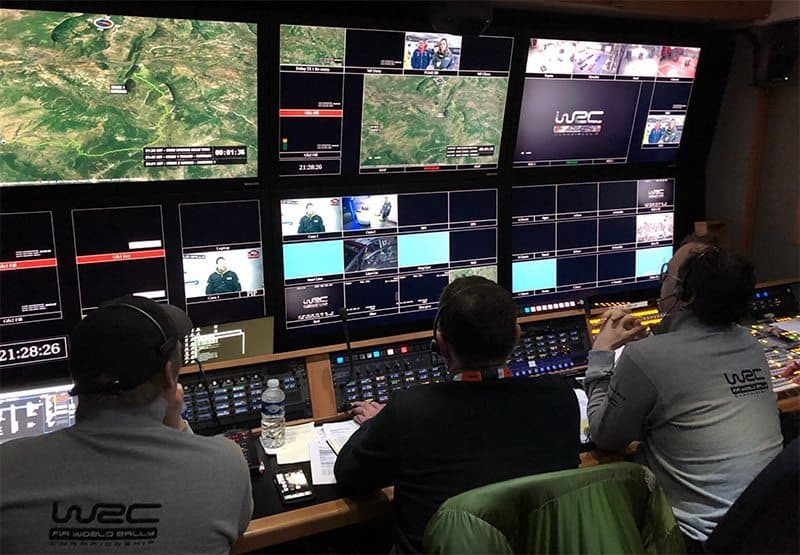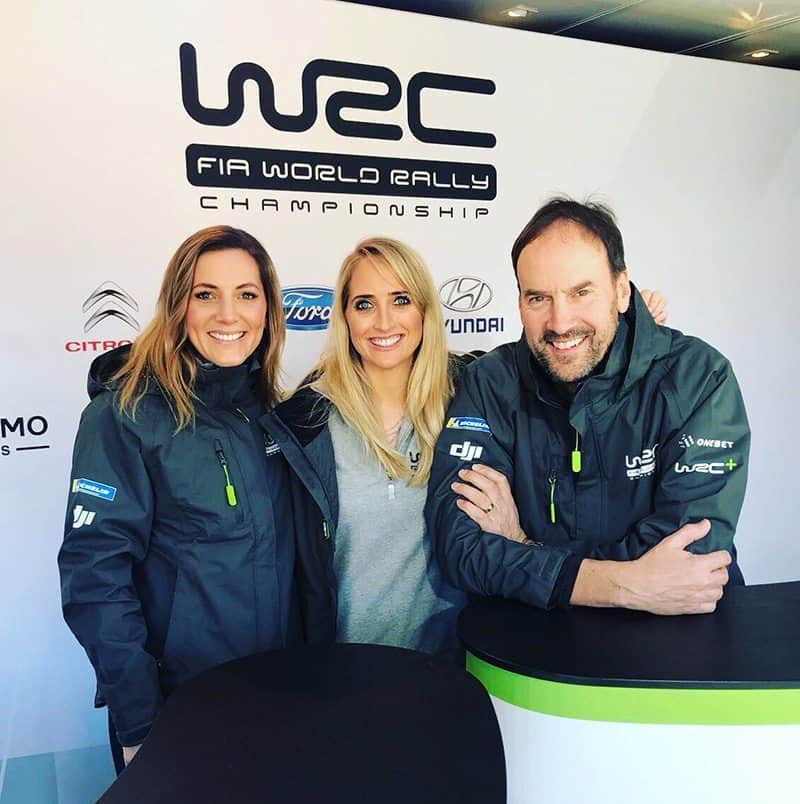WRC All Live: Porter explains challenges with WRC’s groundbreaking coverage
- 27th November 2018, 9:20am
-
by
In 2018, fans of the World Rally Championship were spoilt with the introduction of WRC All Live. This groundbreaking platform has changed the way we watch rallying.
Presenter Julian Porter spoke at length at the RallySport Magazine tour dinner before Rally Australia, and highlighted a number of the features and challenges of bringing this new platform to the people.
* * * * *
The WRC aeroplane is at the centre of this television production. It travels to every round, and is neatly set up to provide the production crew with everything they need. “We have an aeroplane that we bring to every rally,” Porter says. “It took six days to get it here (to Australia). “We have to run a certain plane to guarantee the pictures. We can't turn up in Australia and say ‘we want to hire a plane’ because our stuff might not fit.” The plane houses all the key instruments for the live images. https://twitter.com/nepfinland/status/1063989093804036096 “All the repeaters for the onboard cameras, the timing, the tracking, everything (is on board).” The plane must stay within range of all cameras to be effective, and to do so, must travel in circles above the live stage. If the plane is not in range, there is simply no way the pictures can be broadcast.“If you have a flight radar, you’ll be able to find our plane because it's the one going round and round and round above each stage,” Porter explains.“It has a 10 kilometre footprint. “As long as they’re inside our radius, we can see them wherever they are. We can find out what they’re doing and things like that.

A three year old's scribble? No, this is the flight path of WRC All Live's plane at Rally Australia.
 Porter says that this is the reasoning for when All Live misses a handful of cars without warning.
“Basically they’ve disappeared out of our footprint and we’re repositioning the plane to get the best of what’s going on,” he explains.
“We can see all cameras that we have (on the studio monitors), but we can only transmit three at a time. We have five transmitters that we can put out.
“One is for the stage end interviews, one is the helicopter, and then three for on-boards.”
Porter says that this is the reasoning for when All Live misses a handful of cars without warning.
“Basically they’ve disappeared out of our footprint and we’re repositioning the plane to get the best of what’s going on,” he explains.
“We can see all cameras that we have (on the studio monitors), but we can only transmit three at a time. We have five transmitters that we can put out.
“One is for the stage end interviews, one is the helicopter, and then three for on-boards.”
As there are only limited cameras they can immediately switch to, there is often instances where incidents cannot be covered live.“The director can see all the on-boards, but if he sees something happening in a car that we’re not covering, he then has to ‘get out’ of another car. https://twitter.com/nepfinland/status/1063884135393947648 “He has to shut down that car’s onboard system.” When turned off, the cameras are still recording locally in the car, but they are not able to transmit onto the live coverage. If an incident happens, the director has to decide what on-board cameras he wants to have transmitting footage, and which cameras he wants to shut down, keeping in mind who is near the finish and who they plan to cover next. “These things are happening in tenths of a second,” Porter explains.
“You’ll see me and Kiri or Abi on the screen and it looks like it's going brilliantly, but the amount of chaos going on behind the scenes is quite interesting."Porter explained how WRC2 is a difficult class to cover amongst all the top-line WRC action. “We normally have 13 World Rally Cars - we have 15 camera kits, which only leaves us two for WRC2.

There are often over 100 screens at the All Live studio.
The cameras are an expensive object, three of which go in each car, and as is the case in all high class motorsport, every object is a chance to save weight.

Molly Pettit, Kiri Bloore and Jon Desborough
“If you look at the Hyundais, there’s like a funny teardrop shape where the door mirrors are - that’s a housing for our onboard camera.“When you look at it, it’s the most aerodynamic onboard camera housing I’ve ever seen because it drafts air into the door mirrors, which drafts air down the rear wheel arches,” he laughs.

The Hyundai i20 Coupe WRC car at Rally Australia

RallySport Mag's tour group were shown over the WRC All Live production area prior to Rally Australia. Photo: John Crouch


